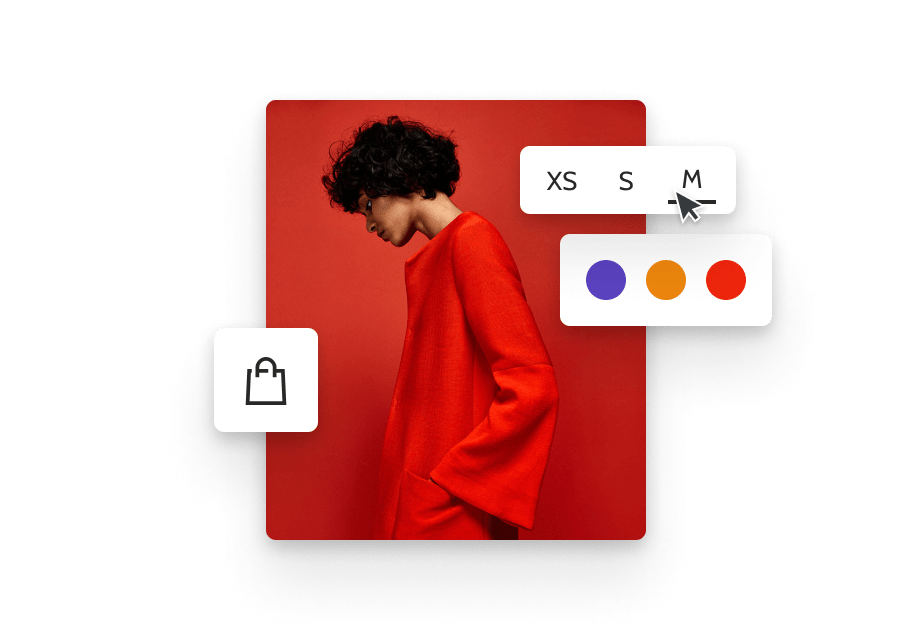Social media has become an integral part of modern life, influencing the way we communicate, consume information, and form opinions. With billions of active users across platforms like Facebook, Instagram, Twitter (now X), TikTok, and YouTube, social media has the power to shape public opinion on a massive scale. Whether it’s politics, fashion trends, or global events, the impact of social media is undeniable. But how exactly does it influence public opinion, and what are the implications for individuals, businesses, and society?
The Rise of Social Media as a Public Opinion Shaper
Historically, traditional media outlets such as television, newspapers, and radio held the reins when it came to influencing public opinion. However, the advent of social media has democratized information dissemination, allowing anyone with an internet connection to share their thoughts, news, and ideas with a global audience. This shift has both empowered individuals and created new challenges in distinguishing credible information from misinformation.
In addition to giving users a platform to express themselves, social media also acts as an echo chamber where opinions are reinforced through likes, shares, and comments. As people interact with content that aligns with their views, algorithms further curate their feed to display similar content, thus shaping how they perceive the world around them.
How Social Media Shapes Public Opinion
- Viral Trends and Collective Awareness
Social media has the power to amplify voices and create viral trends. Whether it’s a hashtag like #BlackLivesMatter or a viral video bringing attention to climate change, social platforms can quickly mobilize public sentiment and create global awareness. These trends often lead to real-world actions, such as protests, donations, or shifts in consumer behavior. - Influencers and Thought Leaders
The rise of influencers—individuals with large followings on platforms like Instagram, YouTube, and TikTok—has significantly changed the way public opinion is shaped. Influencers hold substantial sway over their followers, and their endorsements or critiques can influence purchasing decisions, political views, and lifestyle choices. Brands, politicians, and organizations often collaborate with influencers to reach specific audiences and shape public discourse. - Echo Chambers and Filter Bubbles
Social media platforms use algorithms to personalize user feeds, showing content that aligns with users’ previous interactions. While this keeps users engaged, it also creates “filter bubbles” where they are exposed to a narrow range of views. Over time, these bubbles can create echo chambers, where individuals’ opinions are reinforced without exposure to differing perspectives. This can polarize public opinion and make it more difficult to engage in constructive dialogue. - Misinformation and Fake News
One of the most concerning aspects of social media’s influence is its role in spreading misinformation and fake news. False information can spread quickly, especially when it taps into emotions like fear or outrage. This has significant consequences for public opinion, particularly in areas like politics, health (e.g., COVID-19 misinformation), and societal issues. Social media platforms have been criticized for not doing enough to combat misinformation, though efforts such as fact-checking and content moderation are becoming more prevalent. - The Role of Hashtags
Hashtags have emerged as powerful tools for shaping public opinion. Movements such as #MeToo, #ClimateChange, and #EndSARS have gained global traction through the use of hashtags. These digital rallying cries help individuals organize, share experiences, and raise awareness about critical issues. Hashtags create a sense of unity and collective action, giving a voice to those who may otherwise feel unheard.
The Positive Impact of Social Media on Public Opinion
- Amplification of Marginalized Voices
Social media has given marginalized groups and underrepresented communities a platform to share their stories, raise awareness, and advocate for change. Movements like #MeToo and #BlackLivesMatter have highlighted important social issues that may have been overlooked by mainstream media. These platforms allow for the democratization of information, where anyone can speak up and have their voice heard. - Encouraging Civic Participation
Social media platforms have become vital tools for promoting civic engagement and political participation. From encouraging people to vote to organizing protests, social media is often used to inform and mobilize citizens. This has been particularly impactful among younger generations, who may not consume traditional media but are highly engaged on social platforms. - Corporate Accountability
Companies and public figures are increasingly held accountable by the court of public opinion on social media. A viral tweet or Instagram post can expose unethical practices, leading to boycotts, public apologies, or changes in policy. Social media provides a platform for consumers to voice their concerns and demands, putting pressure on businesses to act responsibly.
The Negative Impact of Social Media on Public Opinion
- Polarization and Division
While social media can bring people together, it can also create deep divisions. Echo chambers and filter bubbles reinforce extreme views, leading to increased polarization in society. This is particularly evident in politics, where social media often exacerbates the divide between different ideological groups. As a result, public discourse becomes more contentious, making it harder to find common ground. - Mental Health Implications
The constant exposure to curated, idealized content on social media can have a negative impact on mental health. Comparison, fear of missing out (FOMO), and online bullying can contribute to feelings of inadequacy, anxiety, and depression. Moreover, public opinion on social media can sometimes be overly harsh, leading to “cancel culture” and online harassment. - Manipulation of Public Opinion
Social media platforms have been used to manipulate public opinion through targeted ads, fake accounts, and bots. Political campaigns, for example, can use these tools to influence elections by spreading disinformation or amplifying certain messages to specific demographics. This has raised concerns about the ethical implications of using social media to sway public opinion.
Navigating Social Media Influence Responsibly
- Critical Thinking and Media Literacy
As social media continues to influence public opinion, it is essential for users to develop critical thinking skills. Media literacy—understanding how to analyze and evaluate information—can help individuals discern between credible sources and fake news. By questioning the authenticity and motives behind the content they consume, users can avoid falling into the traps of misinformation. - Diverse Perspectives
To avoid the pitfalls of echo chambers, it’s important to seek out diverse perspectives. Following accounts or engaging with content that challenges your beliefs can provide a more balanced view of the world. This openness to different viewpoints can foster healthier public discourse and reduce polarization. - Social Media Responsibility for Platforms and Users
Platforms themselves have a responsibility to ensure that they promote healthy public discourse and limit the spread of harmful content. Efforts to combat fake news, moderate harmful content, and create spaces for constructive debate are steps in the right direction. On an individual level, users can contribute to a healthier social media environment by engaging respectfully, fact-checking before sharing, and using their platform to promote positive change.
Conclusion
Social media is a powerful tool that has reshaped the way public opinion is formed and shared. While it has democratized access to information and amplified underrepresented voices, it also poses challenges in terms of misinformation, polarization, and manipulation. Navigating the social media landscape requires a combination of critical thinking, media literacy, and a commitment to fostering respectful, diverse conversations. By understanding both its potential and its pitfalls, we can harness the power of social media to influence public opinion in a more informed and responsible manner.













